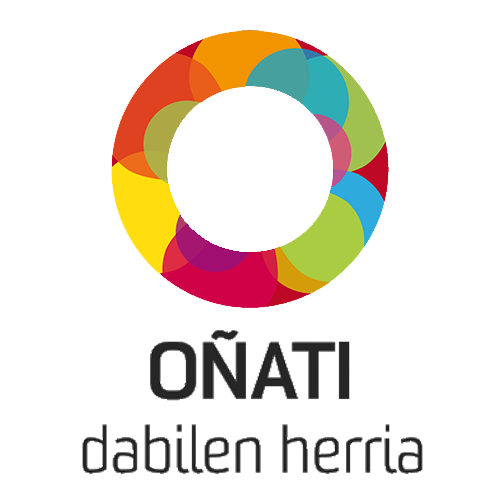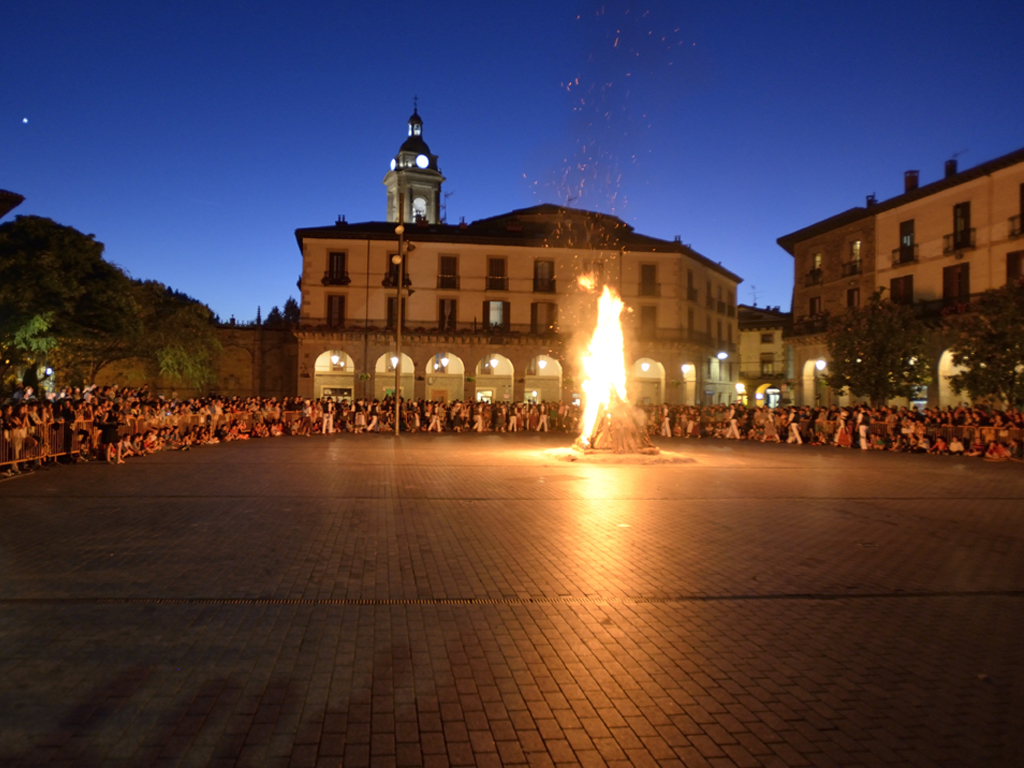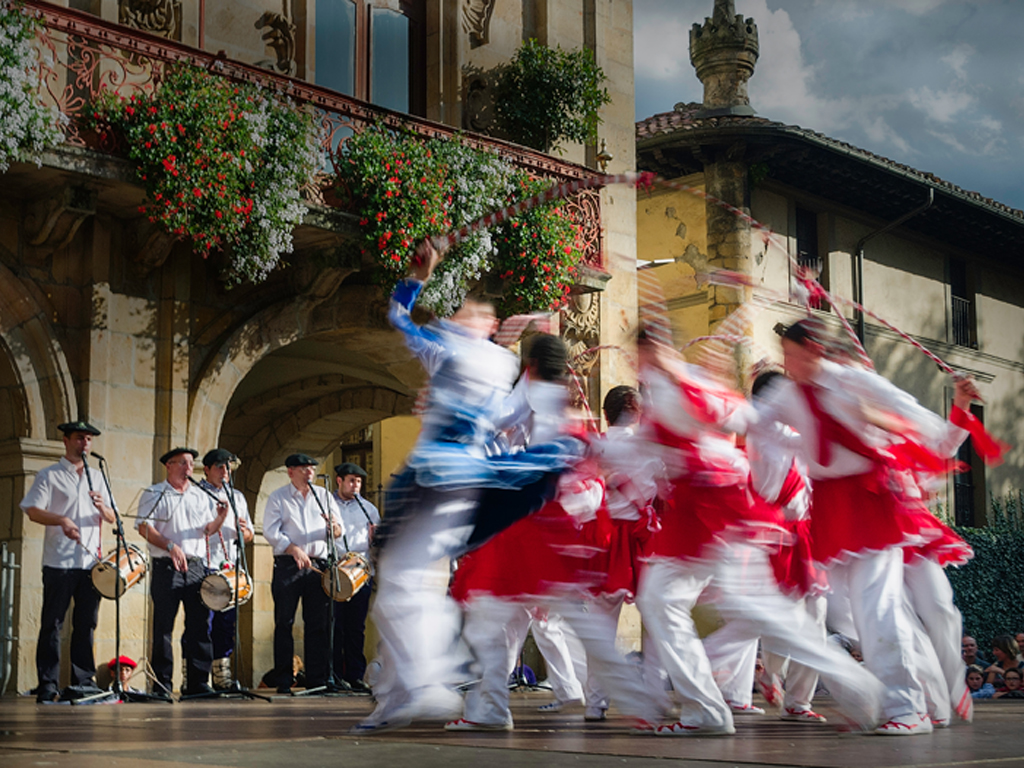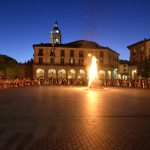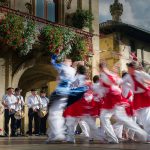The Old Town of Oñati
The Old Town of Oñati responds to its historical path and maintains several monuments: palaces, stately homes and big houses that are touched by splendid religious buildings, all in a link that bind together hundreds of years of urban life.
It is a particular Monumental Ensemble located in the middle of the valley. The original centre dates from the 13th century and it is situated around Kale Zaharra, San Anton, Santa Marina and Mendiko Kale, that is to say, the surroundings of the hill of Zumeltzegi.
Rated as Cultural Asset, in the category of Monumental Ensemble.
Origins
Oñati, the town with the largest area in Gipuzkoa and where the first university of the Basque Country was founded in 1543, has a significant monumental heritage. No documentation is available to determine precisely the origin of the settlement of the current Old Town, although there are bibliographic sources of both its original centre and the Guevara house dated in 1149. The Old Town of Oñati is rated as Monumental Ensemble.
A little history
The town has the peculiarity of being one of the few Manors that later became Counties (according to documents of the 13th century. The title was held by the Guevara family, later Counts of Oñati), which awarded a series of rights and privileges given by the King of Castile. Through these rights and privileges they controlled the political, judicial, economical and religious powers. After the continuous attempts made by the population to be freed from the feudal power between 1388 and 1540, the annexation to Gipuzkoa took place once and for all in 1845.
Santa Marina Square
It was the first square in Oñati; it was already there in the 12th century. It was renewed during the 18th and the 19th centuries.
The highlights include Madinabeitia Palace (Baroque style), Antia Palace (Baroque style) and Baruena Palace (Neoclassical style), as well as the central fountain with its Theological Virtues and the cross.
Los Fueros Square, the central nerve of the town
One of the buildings to be mentioned is the Rococo Baroque Town Hall, built in 1778 by the architect Martín de Carrera, in which the town’s coat of arms stands out.
Lazárraga Tower and Palace is located in this same square.
The square was designed at the end of the 19th century. Three of its sides are arcaded, and the fourth is open to the mountain, limited only by the pelota court.
Mariano Jose de Lascurain, compiled the plan in the 19th century, with the collaboration of the author of the Plan for the Expansion of Donostia-San Sebastián, Antonio Cortazar.
“Txantxiku”, the inhabitants’ nickname
The nickname of the inhabitants that means “common toad” (frog) is based on the legends related to the Counts of Oñati, since they were presumably the first to name them with this nickname.
OÑATI TOURIST OFFICE
Telephone number: 943 783 453
Email adress: turismo@onati.eus
